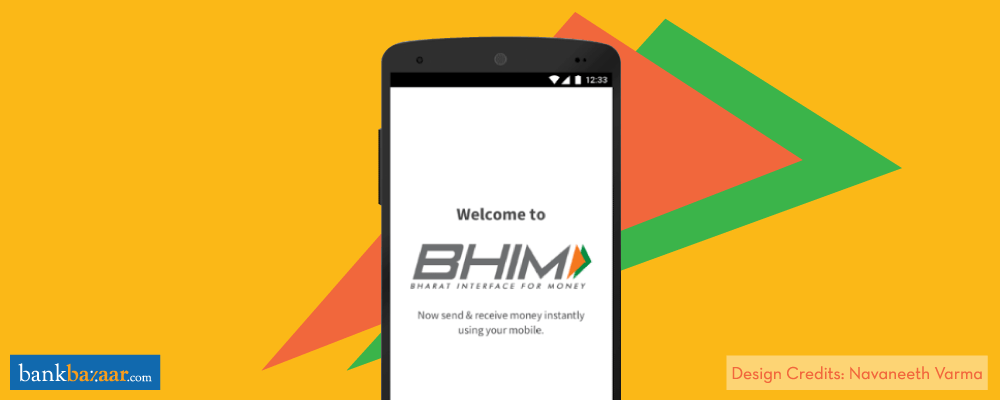
The Bharat Interface for Money (BHIM) is a game-changing step taken by the government to promote digital payments across the country. The government had introduced the Unified Payment Interface in mid-2016 but it was a fragmented effort that needed every bank or financial institution to develop their own UPI-enabled app. Sensing the need for a common UPI platform that has interoperability with all banks, the government has now come up with BHIM.
Of course, with BHIM’s arrival, the competition between various e-wallets and mobile payment systems has intensified. While some e-wallet companies do not see BHIM as their competitor, the swift rise in downloads of the BHIM app presents a different story.
So how does BHIM compare to e-wallets, and is it likely to end the e-wallet business as we know it? Let’s examine these thoughts.
Additional Reading: BHIM to be integrated with Aadhaar
BHIM vs Others
Not just payments
In terms of app usability, BHIM is solely a banking transaction application. It can be used to transfer or receive money. It allows transaction directly through your linked bank account. In comparison, e-wallets are not limited this way in their utility. Some of them are also e-commerce platforms over which you can buy and sell goods, book a hotel room or flights, buy a movie ticket or a cellphone, and so on. This ability to transact with merchants is what has made e-wallets very popular.
Interoperability
Beyond BHIM’s ability to send and receive money, it allows inter-bank payment transfers which is where it scores a major advantage over all e-wallets. You can transfer from one bank to another using UPI. But e-wallets currently lack this interoperability. You can only transfer from your Wallet A to another user on Wallet A, and not to a user on Wallet B.
Marketing gimmicks
BHIM does not offer discounts or cashback to users, which is what makes e-wallets popular. E-wallets have networked widely with online and offline merchants and are thus able to offer attractive discounts.
Security
BHIM offers three-tier security to its users. On the other hand, e-wallets have lower levels of checks and balances. Money loaded into a wallet in the wrong hands is at risk. Here, BHIM has an advantage over e-wallets.
Loading and unloading
Another big advantage that BHIM has over e-wallets is that it does not need you to load and unload money. The money is directly spent from, or received by, your bank account. E-wallets, on the other hand, require you to have a balance that can be spent.
Spending limit
BHIM allows you to make transfers of up to Rs. 20,000 per day. E-wallets allow payments up to Rs. 20,000 for a non-KYC account in a month, and Rs. 100,000 after. As such, UPI apps allow up to Rs. 100,000 per transaction. In this case, BHIM offers you more transacting capacity than e-wallets but less than bank UPI apps.
Use of credit
BHIM works only when it is linked to your bank account. But e-wallets can also be linked to your credit card apart from your bank account. This allows you to spend on credit using your e-wallet whereas you need a bank balance to operate BHIM.
Will BHIM replace wallets?
The answer, for now, is no. E-wallets and BHIM are apples and oranges. They’re two different products with a shared ability to send and receive payments instantly.
When the UPI was launched in 2016, e-wallets faced an existential crisis. However, the onset of the demonetisation process meant that e-wallets took centre stage in a country running out of hard cash while BHIM was also launched to shore up the government’s efforts to promote a cashless economy.
BHIM is in its early days, as is UPI. Both these products need to evolve further and offer incentives to users in the form of discounts, cashback, and merchant tie-ups. Till they make this marketing leap, they will be useful only for money transfers while e-wallets will continue to gain due to better offers.
For now, BHIM and e-wallets will work concurrently, and their fight would be restricted to the matter of sending and receiving money. In other aspects, each platform has its pros and cons, and the customer will pick one based on his/her needs.